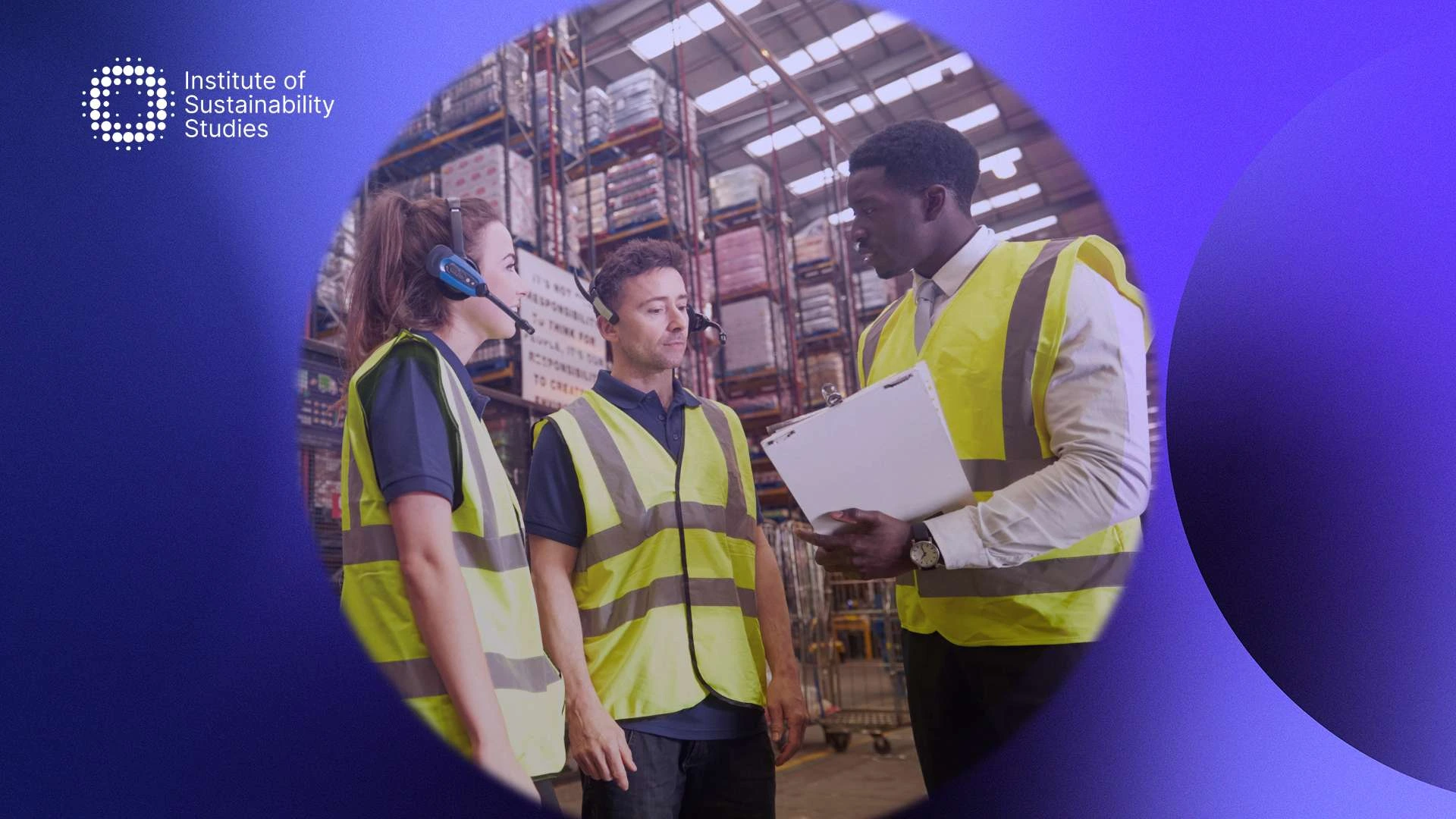To avoid environmental destruction and protect the planet, we need to act and prevent temperatures from rising any further. This means driving systemic change and transitioning to different economic and societal systems that consider the planet’s needs and all living on it. These principles are also central to effective business sustainability strategies, which aim to align profitability with long-term environmental and social well-being. One framework that focuses on this is the just transition. Just transition is continuously referenced in climate talks and speeches, but what exactly is it? Continue reading to learn more about just transition and why it is so important.
What is meant by a just transition?
A just transition is a framework that seeks to ensure the benefits of a green economy transition are shared widely. By the same coin, it also supports those who stand to lose economically, whether that be communities, industries, countries, workers, or consumers. It is primarily based on environmental principles but also shaped by other structural changes impacting labor markets, like labor-saving technologies, globalization, and the shift to services.
The just transition sees us approach a regenerative economy where consumption and production cycles are holistic and waste-free. A just transition is an important part of the worldwide commitments adopted by many countries. The concept of a just transition links to 14 of the 17 Sustainable Development Goals (SDGs). These include goal 7 of affordable and clean energy, goal 8 of decent work and economic growth, goal 10 of reduced inequalities, and goal 12 of climate action.
Put simply, a just transition describes the transition from our current social and economic structures to one where all jobs are climate-friendly and green, communities are in a position to thrive, and poverty is a thing of the past. To shift to this transition, governments, workers, and employers have to speak up, make changes, and drive it. The ideas behind the framework originated from labor unions and environmental justice groups who realized the harm industries caused to the environment, communities, and workers.
Why is it important?
The just transition framework demands social justice and human rights when we make the shift from an extraction economy. This is a shift we have to make because of the unsustainable extraction of the planet’s resources. Moreover, the loss of natural resources is happening at such quick rates that the Earth cannot regenerate them in time.
The current global economic model enables the degradation of the environment, theft of land, and the accumulation of the majority of wealth into just a few hands. The just transition is an opportunity to establish a new system that considers communities, the environment, and workers’ rights. Therefore, a just transition is important not only for securing systemic change but also for ensuring a fairer society.
Summary
There is a pressing need to act against climate change, and many industries have already begun driving the just transition. The just transition is a framework for change that protects and empowers frontline workers and those who are most exposed to threats by considering their needs throughout the shift to a regenerative economy. Shifting to a less extractive economy is essential in driving a fairer society.
If you’re ready to integrate equity into your climate action strategy, our university-accredited sustainability course offers the knowledge and tools to lead with purpose and impact.










